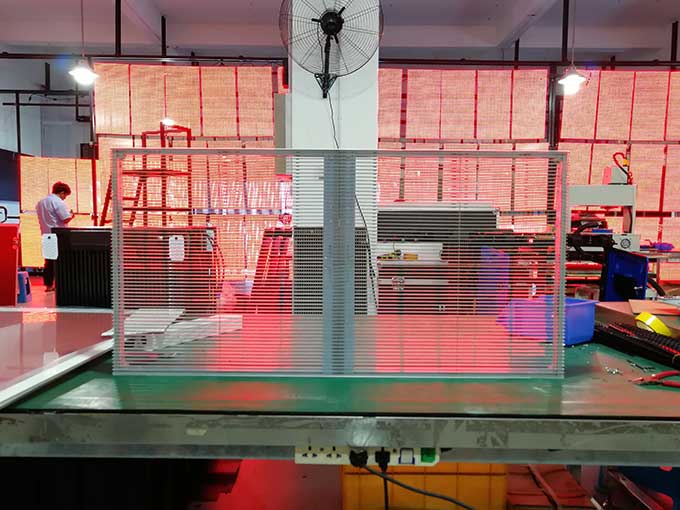Correctly guiding users to understand the performance indicators of LED display screens and standardizing the entire LED display screen market is precisely because of the continuous technological innovation of these enterprises that LED display screens have developed rapidly. So, what are the important parameters of LED display screens this year? Here we will explain the four important parameters of LED display screens that cannot be ignored.
The four major parameters of LED display screens that cannot be ignored are as follows:

1. Maximum brightness
There is no clear characteristic requirement for the important performance of “maximum brightness”. Because the usage environment of LED display screens varies greatly, and the illuminance (commonly known as ambient brightness) is different, for most complex products, as long as the corresponding test methods are specified in the standard, a performance data (product information) table provided by the supplier is better than the specific performance requirements given in the standard. These are all in compliance with international standards, but this also leads to unrealistic comparisons in bidding, and users are not aware of this, resulting in many bids requiring “maximum brightness” that is far higher than actual needs. Therefore, it is recommended that in order to guide users to correctly understand the performance indicator of “maximum brightness” of LED display screens, the industry should provide guidance on what value the brightness of LED display screens can meet the requirements in certain situations and different lighting environments.
2. Primary color main wavelength error
Changing the primary color main wavelength error indicator from “primary color wavelength error” to “primary color main wavelength error” can better illustrate what characteristic this indicator reflects in LED display screens. The main wavelength of a color is equivalent to the color tone observed by the human eye, which is a psychological quantity and an attribute that distinguishes colors from each other. The performance requirements stipulated by this industry standard, literally, cannot be understood by users as an indicator reflecting the color uniformity of LED display screens. Therefore, is it guiding users to first understand this term and then understand this indicator? Or should we first understand and comprehend LED displays from the customer’s perspective, and then provide users with clear and easy to understand performance characteristics?
One of the principles of product standard formulation is the “performance principle”. Whenever possible, the requirement should be expressed by performance characteristics, rather than design and description of characteristics. This method leaves the greatest room for technological development. “Primary color main wavelength error” is such a design requirement. If “color uniformity” is used instead, there is no LED that limits what wavelength. For users, As long as you ensure that the color of the LED display screen is uniform, without considering what technical means you use to achieve it, leaving as much room for technological development as possible, it is greatly beneficial for the development of the industry.
3. Duty cycle
As mentioned above, the “performance principle” states that whenever possible, requirements should be expressed through performance characteristics rather than design and description of characteristics, leaving the greatest room for technological development. We believe that “duty cycle” is purely a design technology requirement and should not be used as a performance indicator in LED display product standards; Everyone understands very well that any user would care about the driving duty cycle of the display screen. They care about the effect of the display screen, not our technical implementation; Why do we need to create such technological barriers ourselves to restrict the technological development of the industry?
4. Refresh frequency
From the perspective of measurement methods, it seems to have overlooked the issues that users truly care about, and it has not taken into account the different driver ICs, driver circuits, and methods used by various manufacturers, resulting in difficulties in testing.
